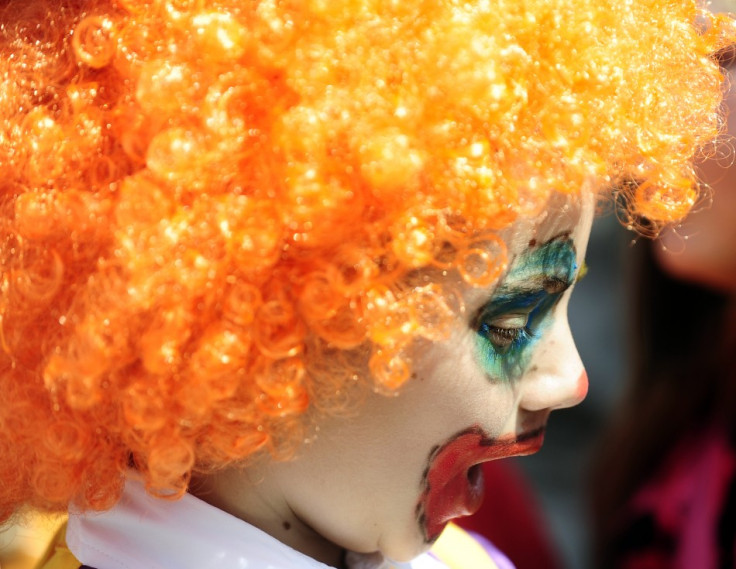April Fools' Day: Five Things to Know About the Origin of the Tradition

The annual tradition of April Fools' Day is once again here. It is that time of the year when pranksters and practical jokes rule.
Though the exact origin of the celebration is not known, April Fools' Day has been celebrated through the centuries by different cultures around the world.
Here are some of the known facts about the April Fools' Day:
1. According to some historians, the tradition began in 1582 when France switched from the Julian calendar to the Gregorian calendar in 1583. The transition was in accordance with the orders of Council of Trent, the 16<sup>th century Ecumenical Council of the Roman Catholic Church. People who were not aware of the transition kept on celebrating the New Year during the last week of March through 1 April instead of 1 January. And they became the objects of jokes and hoaxes such as placing a paper fish on their backs and was also called "poisson d'avril" (April fish) meaning an easy to fool person.
2. All Fools Day is also linked to age-old festivals such as Hilaria which the Romans celebrated at the end of March. According to this theory, people used to dress up in disguise and fool others.
3. Yet another speculation points to the vernal equinox, the first day of spring in the northern hemisphere. It is that time of the year when the unpredictability of the weather used to fool people.
4. In Britain, April Fools' Day dates back to 18<sup>th century and it became a two-day event in Scotland. People start the first day with hunting the gowk, where people are fooled over phony errands. It is followed by Tailie Day when people play pranks by pinning fake tails or kick me messages on others' derrieres.
5. Modern day April Fool's pranks involve newspaper, radio, websites and TV reports on fictional stories. In 1957, BBC fooled the people with a report of Swiss farmers harvesting spaghetti from trees.
Similar instances include a 1985 Sports Illustrated Weekly report on a rookie pitcher who can throw fastball at a speed of more than 168 miles per hour and an advertisement by Burger King about a fake sandwich Left-Handed Whopper in 1998.
© Copyright IBTimes 2025. All rights reserved.



















